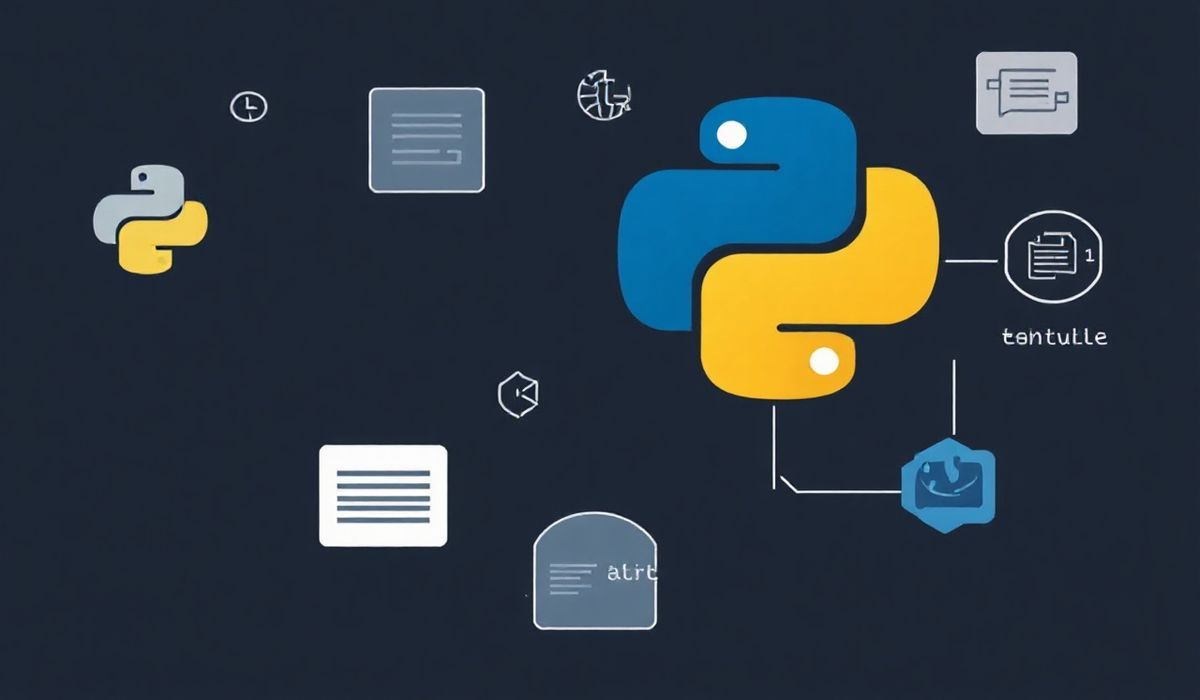Understanding and Utilizing `charset-normalizer` in Python
`charset-normalizer` is an essential Python library designed to automatically detect the best possible character encoding of text. It proves to be invaluable when dealing with text data from various sources where the encoding is unknown. This library replaces the discontinued `chardet` and offers a more efficient and accurate approach to encoding detection for modern applications.
Core Features of `charset-normalizer`
`charset-normalizer` enables developers to:
- Automatically determine the encoding of text files.
- Normalize text to improve compatibility across applications.
- Handle multilingual text environments with high accuracy.
Installation
To get started, install `charset-normalizer` using pip:
pip install charset-normalizerKey APIs and Usage Examples
1. Detecting Character Encoding
The primary method of `charset-normalizer` is `from_path()` or `from_bytes()`. It helps analyze file contents or byte streams to detect encoding.
from charset_normalizer import from_path
# Detect encoding of a file results = from_path('example.txt') for result in results:
print(f"Detected encoding: {result.encoding}, Confidence: {result.chaos}")
2. Decoding Text
Use the detected encoding to decode text accurately.
from charset_normalizer import from_bytes
# Decode a byte stream byte_stream = b"\xe2\x9c\x94" # Some unknown-encoded byte string result = from_bytes(byte_stream).best() if result:
print(f"Decoded text: {result.decode()}")
3. Normalizing Text
Normalize text to Unicode for better compatibility.
from charset_normalizer import from_path
# Normalize the content of a file results = from_path("example_with_utf8.txt") for result in results:
print("Normalized text:")
print(result.normalized())
4. Multilingual Support
`charset-normalizer` excels at detecting and supporting multilingual environments.
from charset_normalizer import from_bytes
# Handling multilingual content multilingual_data = b'\xd0\x9f\xd1\x80\xd0\xb8\xd0\xb2\xd1\x96\xd1\x82!' result = from_bytes(multilingual_data).best() if result:
print(f"Text: {result.decode()} | Encoding Detected: {result.encoding}")
5. Verifying Compatible Encodings
Check the best encoding for text and its perceived quality.
from charset_normalizer import from_path
results = from_path('logs.txt') for result in results:
print(f"Encoding: {result.encoding}, Quality: {result.chaos}, Decoded Text Snippet: {result}")
6. Saving Decoded Text
You can save the normalized and decoded content to a new file.
from charset_normalizer import from_path
results = from_path('example_bad_encoding.txt') with open('cleaned_text.txt', 'w', encoding='utf-8') as output_file:
output_file.write(results.best().decode())
Practical Application Example
Let’s build a small Python app that detects text encoding and normalizes a given input file:
from charset_normalizer import from_path
def detect_and_normalize(file_path, output_file):
results = from_path(file_path)
best_result = results.best()
if best_result:
print(f"Best Encoding: {best_result.encoding}")
print("Saving normalized text...")
with open(output_file, 'w', encoding='utf-8') as f:
f.write(best_result.decode())
else:
print("Could not determine encoding.")
# Example Usage detect_and_normalize("input_text.txt", "output_text_normalized.txt") Advantages
- Accurate character set detection compared to older libraries.
- Extensive support for unknown or corrupted files.
- Easy integration into Python projects.
In conclusion, `charset-normalizer` is a must-have tool for any developer working with text data from multiple sources and encodings. With a rich API, multilingual support, and robust accuracy, it shines as the modern solution for encoding challenges in Python.




